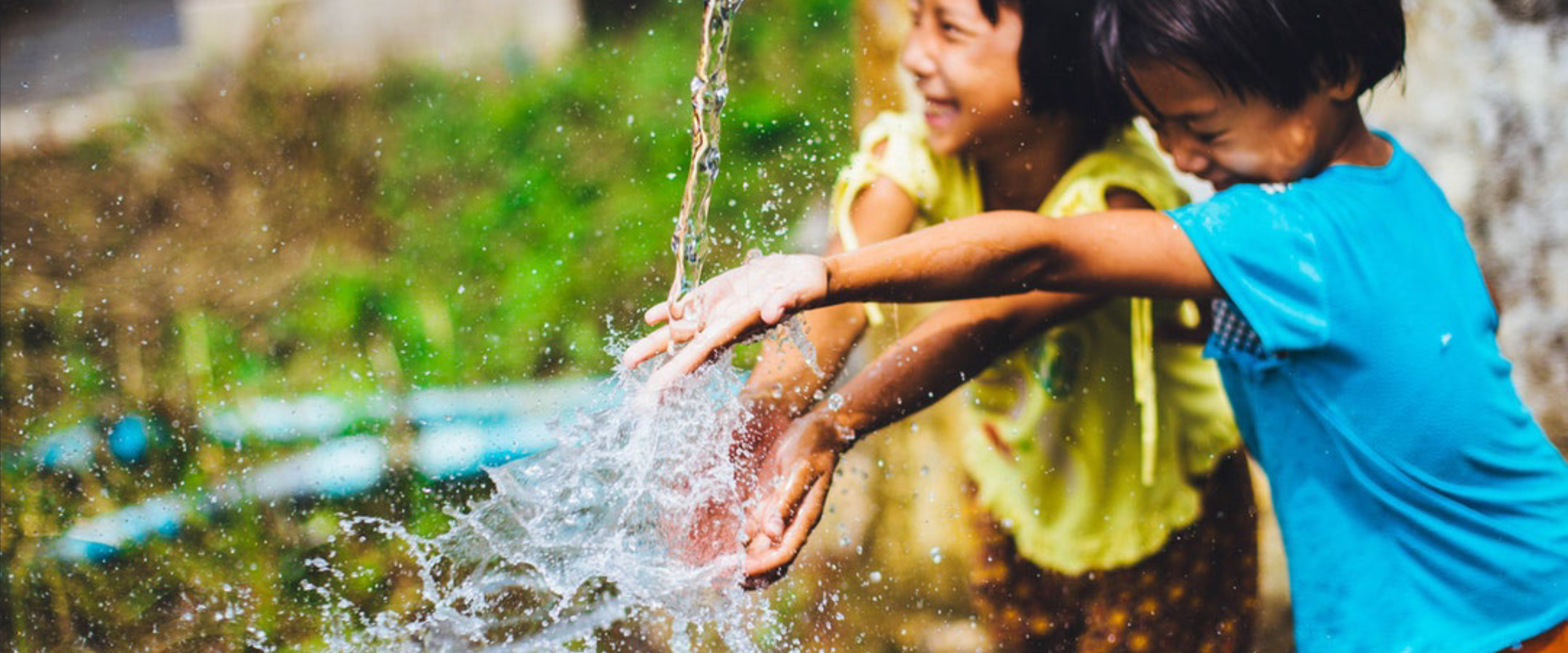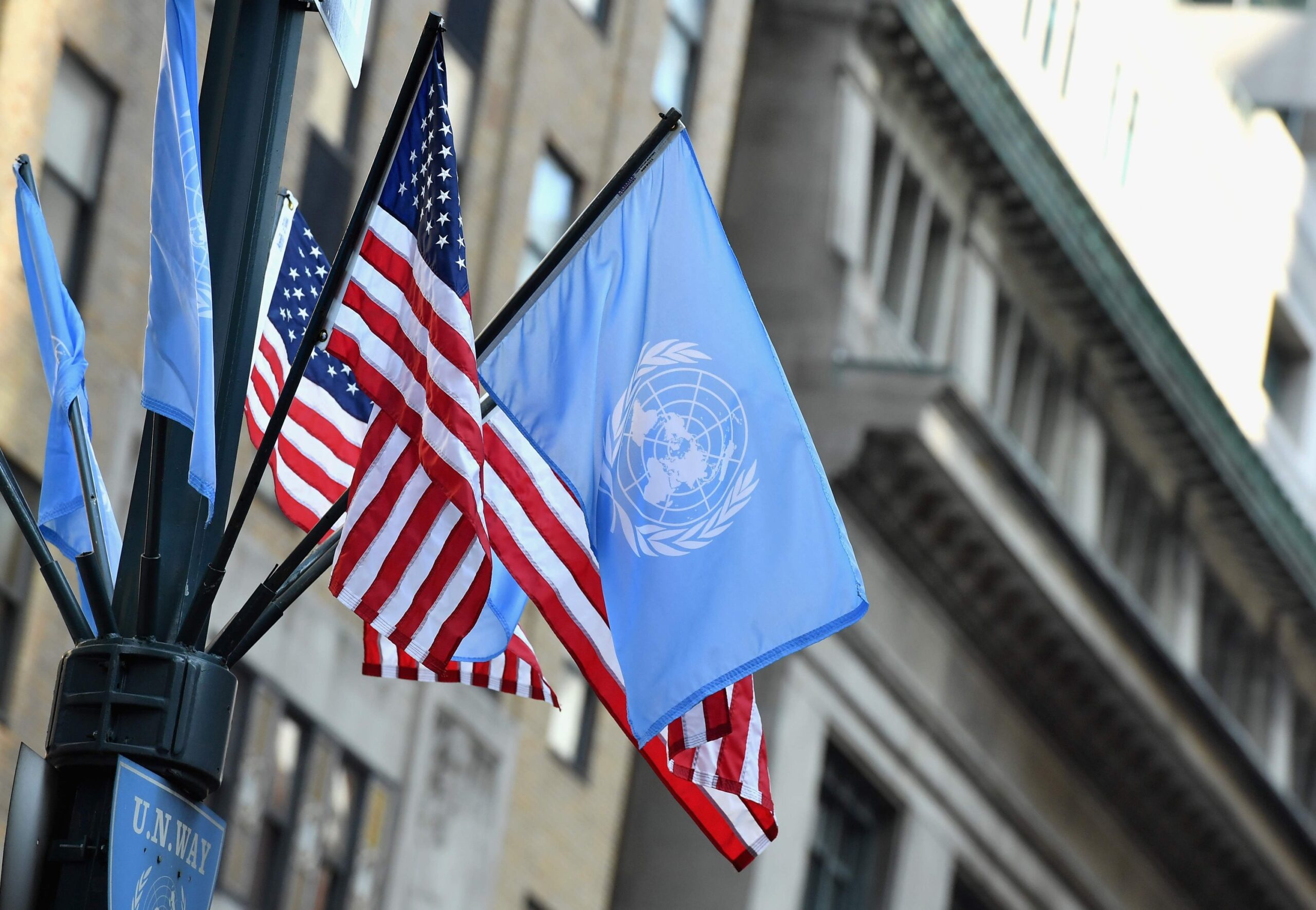Campus Case Competition: The Water Crisis
About: UNA-USA invites universities to participate in the 2019 Case Competition: The Water Crisis. Teams will compete in on-campus competitions and present their solutions that address UN Sustainable Development Goal 6: Access to Clean Water and Sanitation. On-campus winners should be submitted to the National Office by March 31, 2019 to advance to the national competition.
Instructions: To indicate your interest in hosting a campus case competition and to receive a case competition toolkit with further instructions, please complete this form. Read the case competition prompt at the end of this post. Your toolkit will include best practices, tips, a rubric for case competition judges, and links to additional resources related to the water crisis.
Benefits of Participation: Hosting a case competition on your campus is a great way to recruit new members from all types of majors and backgrounds! Student participants will have the opportunity to create a writing sample and body of work that can be used for academic or professional purposes, and earn national recognition. All universities who host an on-campus competition will be recognized on UNA-USA’s website. The winning team from each campus competition will receive a certificate of participation, and have the opportunity to advance to a national competition, where their solution will be heard by representatives from the UN, the UN Foundation, and the U.S. Youth Observer to the UN. The national competition will take place virtually between April-June. The winning case solution will be submitted to the UN Special Rapporteur for Clean Water and Sanitation.
On-Campus Team Participation Guidelines:
- Participants must be currently enrolled at their respective institutions.
- Teams must consist of 3-5 members.
- Teams must prepare a 5-10 minute presentation. Your presentation must identify key issues from your case study, provide a solution, and discuss opportunities and limitations. In your presentation, you must focus on at least one major issue listed in the case description or multiple issues. Keep in mind, however, that all issues are closely linked and one solution can potentially improve more than one problem.
- Teams must prepare a 3-5 page (single-spaced, not including citations and graphics) executive summary of a case study that applies to the case competition prompt provided. Executive summaries should:
(1) describe a chosen case study (X issue in Y country/community) and highlight an effective or proposed solution related to at least one of the major issues identified in the case competition prompt
(2) present a solution, project, or initiative that applies to the case study
(3) discuss feasibility of implementation, resources needed, and limitations
(4) clearly address at least one of the major issues outlined in the prompt (physical water scarcity, economic water scarcity, water quality, or right to water)
(5) utilize statistics, graphics, and research in a way that contributes clearly and concisely to understanding the problem and arguing for a proposed solution
Case Competition Prompt:
Over 800 million people do not have access to proper drinking water. Over 2 billion people experience some form of water scarcity throughout the year. Nearly 1000 children die every day due to water and sanitation-related diseases. We are facing a water crisis.
The demand for freshwater has risen significantly in the past few decades, owing mainly to an increased global population, economic development, and climate change, and if the demand continues to rise, the demand will exceed supply by roughly 40% in 2030. Although some countries have demonstrated that it is possible to reduce water use while sustaining economic growth, efforts to curb the increasing demand have been largely unsuccessful.
Sustainable Development Goal 6 aims to “ensure availability and sustainable management of water and sanitation for all”, and has laid out eight targets to tackle the crisis. As global citizens, it is our duty to ensure that this basic human right is provided to everyone, everywhere. The aim of this competition is for teams to understand the root causes of this crisis, how it affects our planet, and recommend environmentally sustainable and economically viable solutions to mitigate and eradicate it. Choose a case study (limiting your scope to a community or country) that will provide lens to tackle one more more of the major issues outlined below.
Major Issues
Physical Water Scarcity:
Physical water scarcity occurs when there is a lack of water. The available water is not enough to meet human demand and the demand for water outstrips supply. This can be due to the location and climate of the region or due to an inefficient use of resources, resulting in a depletion of freshwater sources. Countries that invest heavily in inefficient solutions such as hydraulic infrastructure are more likely to face physical scarcity, as groundwater is being used quicker than it can be replenished.
Over 1 billion people face this issue around the world. A region that suffers from physical water scarcity will face a drop in agricultural production, a decline in ecosystems, and will be more susceptible to water-based conflicts. Its people will be more prone to dehydration and malnutrition and will see a decline in life expectancy rates.
Climate change, widespread deforestation and water pollution, among others, are all man-made issues and are contributing significantly to the insufficient suply.
There is an urgent need to determine ways of controlling the decline in freshwater sources and implement ways of utilizing the available resources.
Economic Water Scarcity:
This type of scarcity arises when there is water available, but a lack of infrastructure prevents individuals and societies to access it. Due to rapid industrialization, the more water is being used in homes and industries and the pace of development is not catching up with the rise in demand. People are forced to walk long distances to fetch water for domestic use. Businesses suffer, as many industries require water to function properly, especially agriculture, and a lack of water is drastically affecting production. This can lead to slower development, decline in living conditions of people, and local and national conflict.
This type of scarcity is common in sub-Saharan Africa, where there is sufficient water to meet demand but because of a lack of investment in water infrastructure in the region, there is a shortage of water. Many countries tend to invest in large projects such as dams and canals which are costly and not sustainable solutions.
Despite the increase in demand, some have shown that it is possible to overcome the issue of lack of water. Australia, for example, experienced a 30% increase in GDP from 2001 to 2009 and in the same time reduced water use by 40%. However, most countries have not been successful.
It is imperative that different methods to improve the water infrastructure are developed and nations make an effort to decouple water use from growth.
Water Quality:
Even if there is an adequate supply of water available, it would be unusable if it is of poor quality. Although water that is unsafe for individual use is not necessarily unfit for other industries, due to recent changes in population, industrialization, and climate, the quality of much of the available water has dropped significantly and is considered unusable. As with other issues, it poses the biggest problem for developing countries which do not have the resources to treat water adequately.
Poor water quality is caused by many reasons, some of which are water pollution, physical contamination of water supply, lack of treatment of available water, and increased use of chemicals in industrial waste. Since the level of usable water is reduced, the issues are similar to those of physical water scarcity. However, individuals are in greater danger as using contaminated water can cause additional complications and water-borne diseases, some of which can be fatal.
Numerous successful projects have been initiated by governments and independent groups aimed at improving the water quality across the globe. Despite those efforts, however, water quality is declining on a global scale and large-scale steps must be taken on a national and international level.
Projects dedicated to increasing access to “safe water” and preventing the deterioration of the quality of available water must be implemented.
Right to Water:
Access to clean water is considered a basic human right by many nations and international organizations. In 2010, the United Nations recognized that “the right to safe and clean drinking water and sanitation as a human right that is essential for the full enjoyment of life and all human rights.” It also stressed that right to water is a precursor to other basic human rights. Right to water was an integral part of the Millennium Development Goals and then the Sustainable Development Goals.
Unfortunately, people in many regions do not even have this basic right. Due to an inaccessibility of safe water, people, mostly women, are forced to travel long distances and spend significant amounts of time to obtain water, time which could’ve been spent doing other activities such as working or even getting educated as most children are also occupied with this task. The water they do get is also barely usable, which leads to another set of health issues. This is a direct violation of their basic human rights and urgent action must be taken.
There are numerous organizations working to provide these rights to individuals, but there is significant more work to be done. According to WHO and UNICEF, about 3 in 10 people lack access to readily available safe water at home, and over 300,000 children under the age of 5 die every year due to diarrhea.
How to urge nations and organizations to afford this basic human right to every individual is imperative and must be done as soon as possible.




